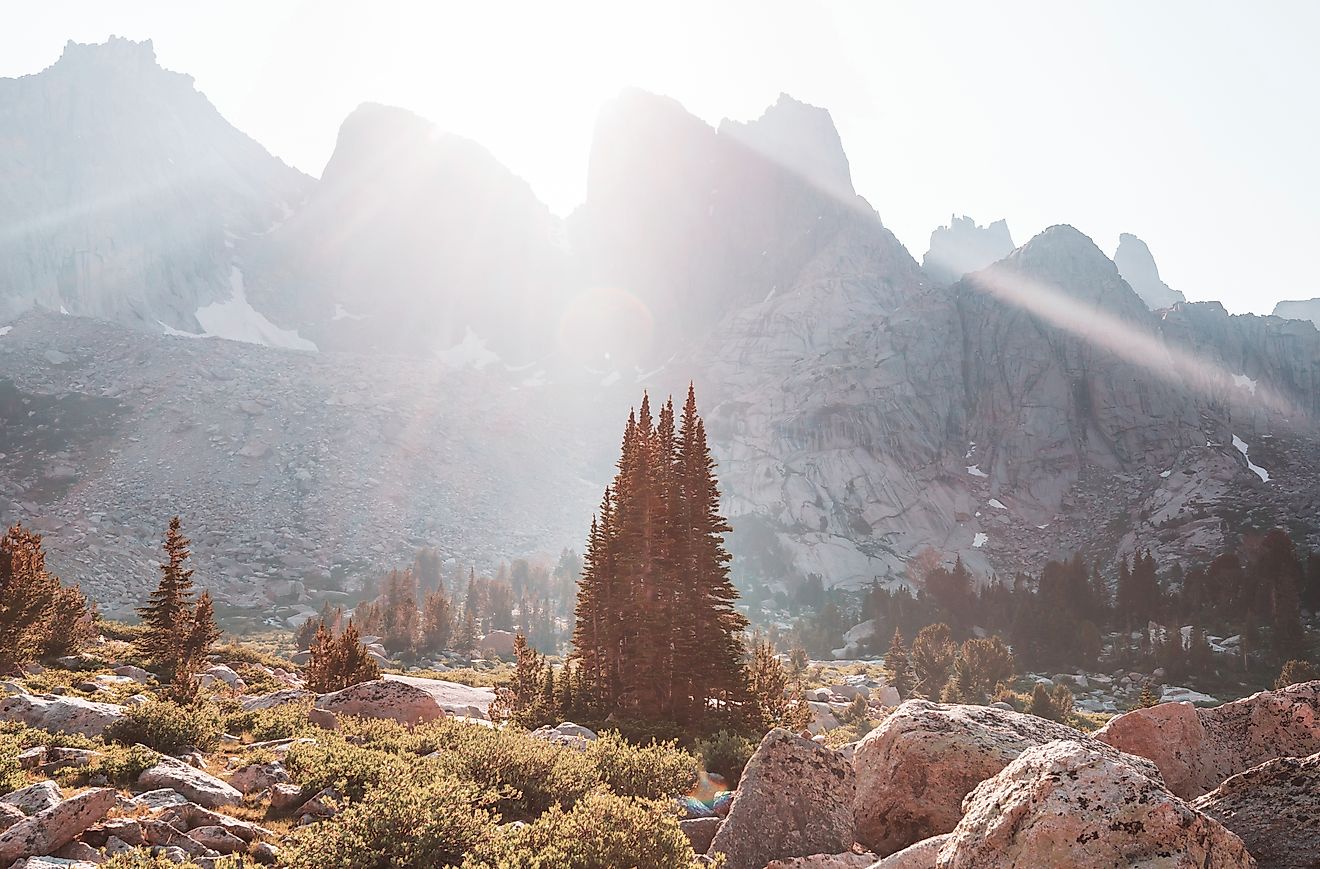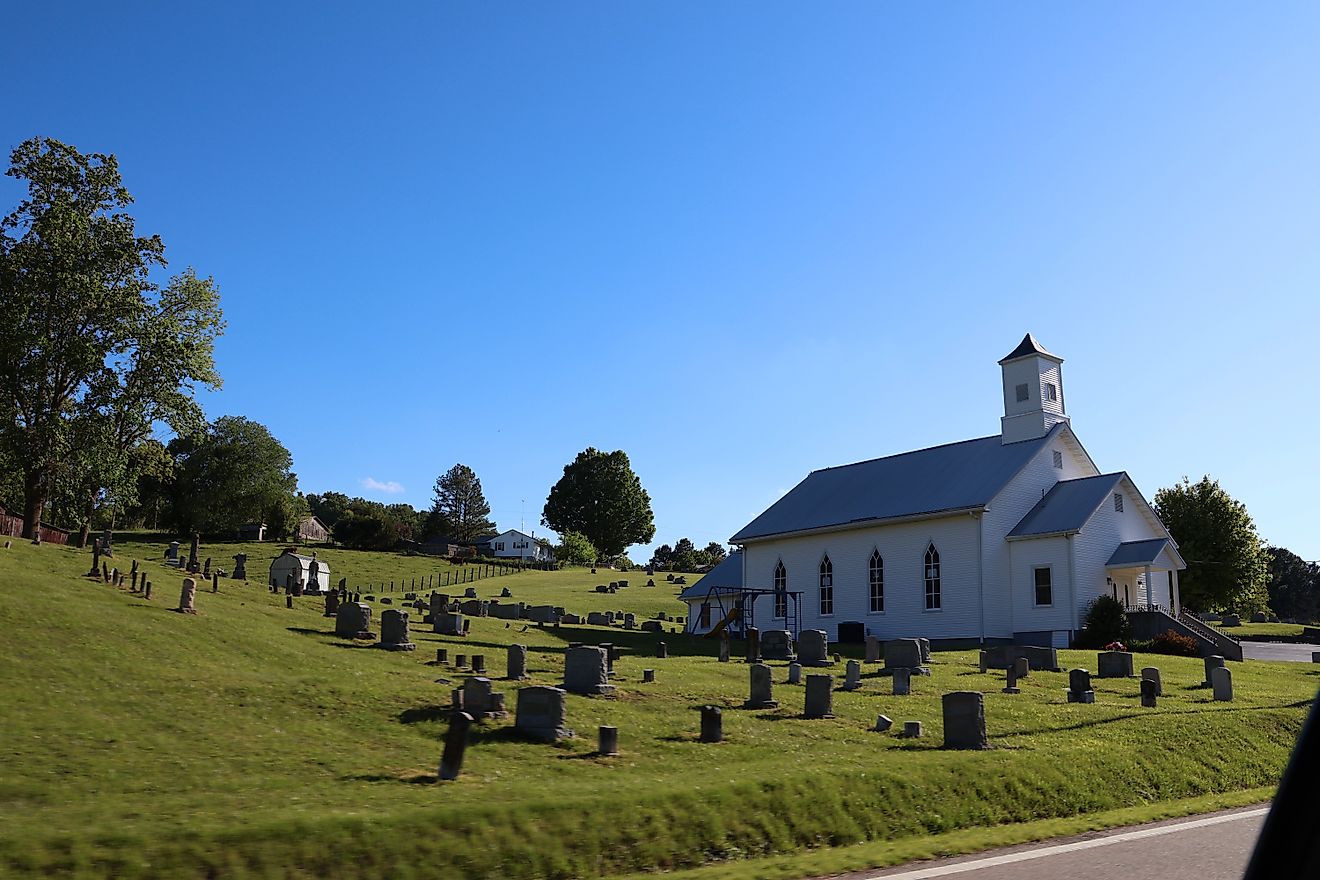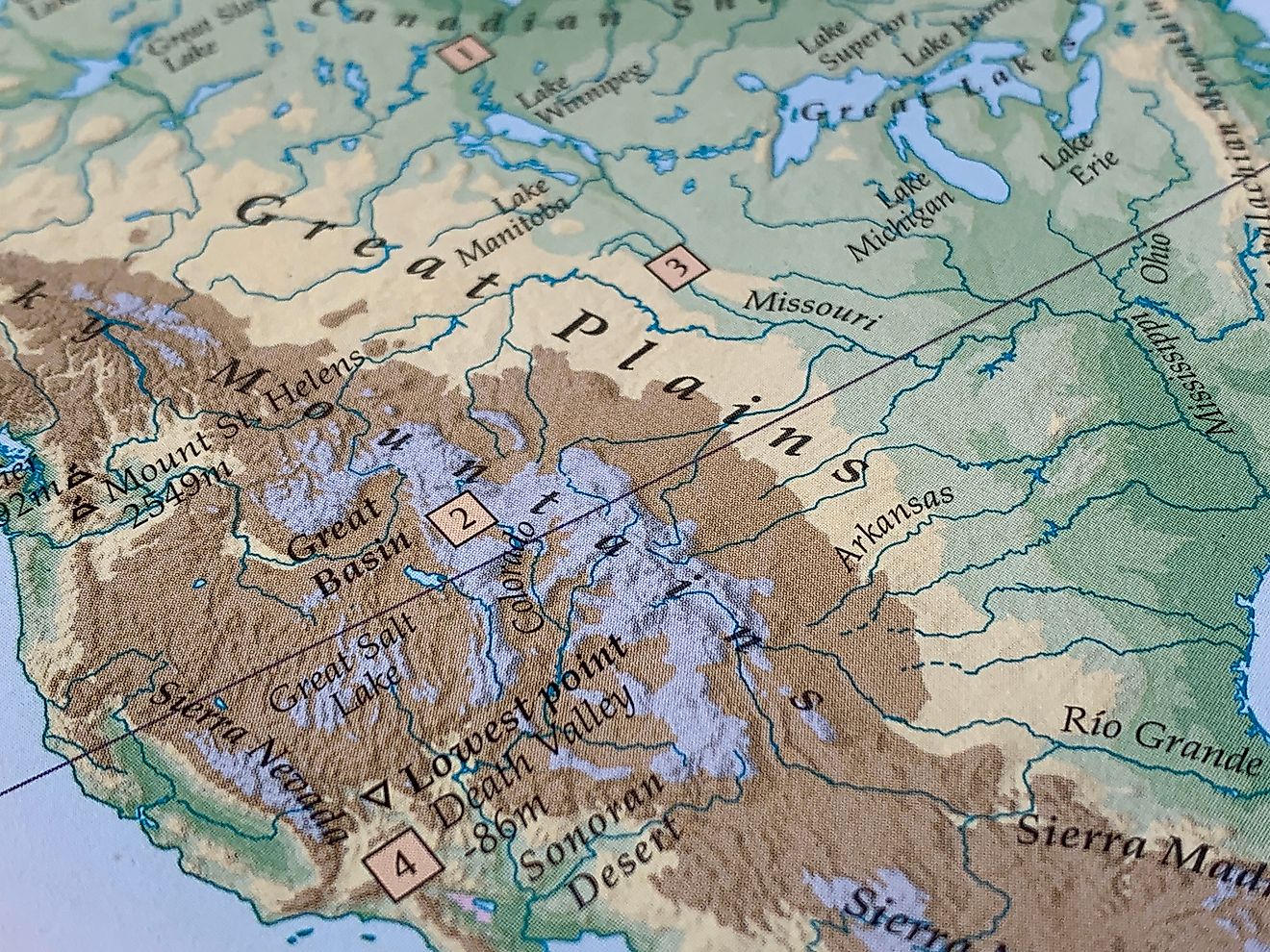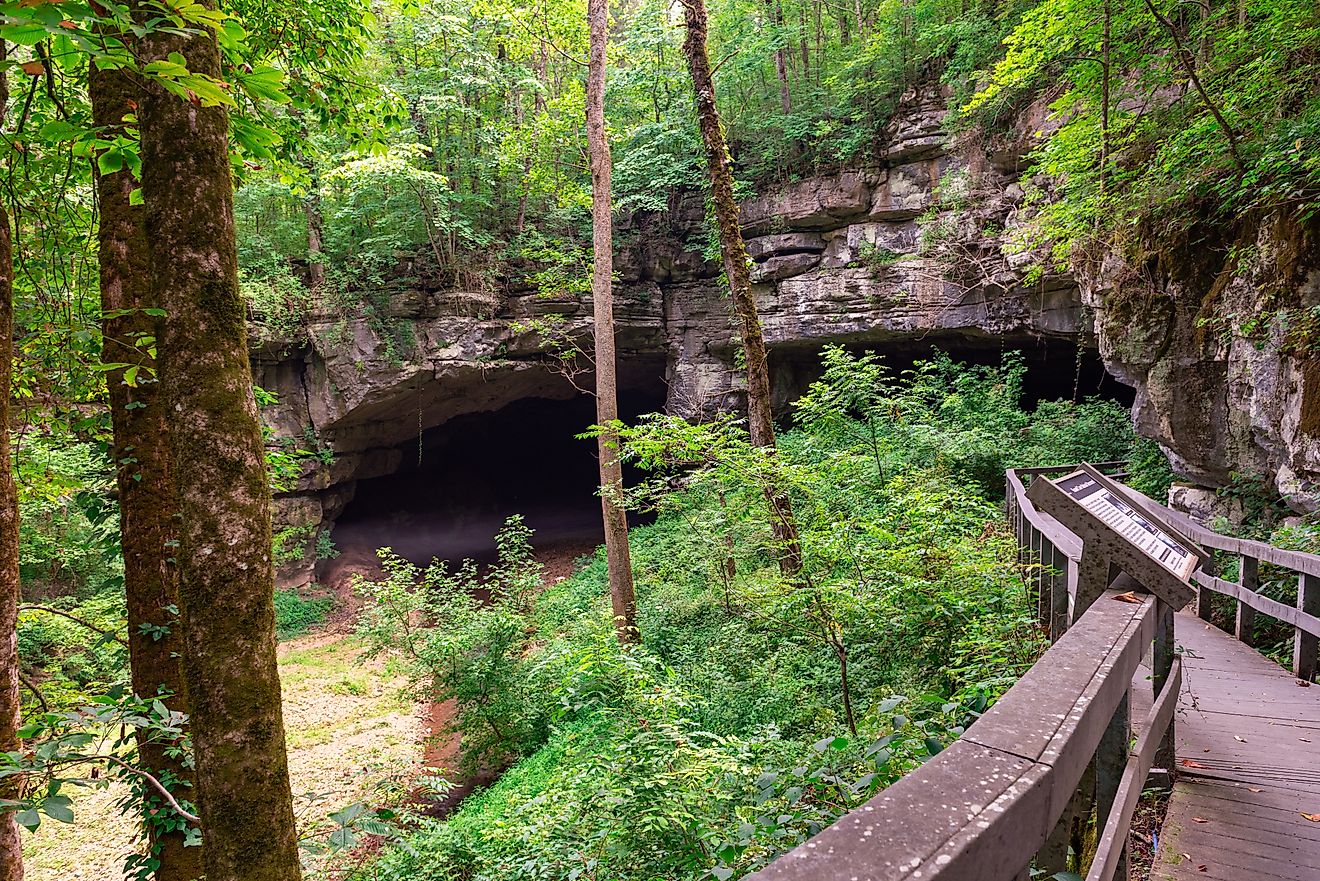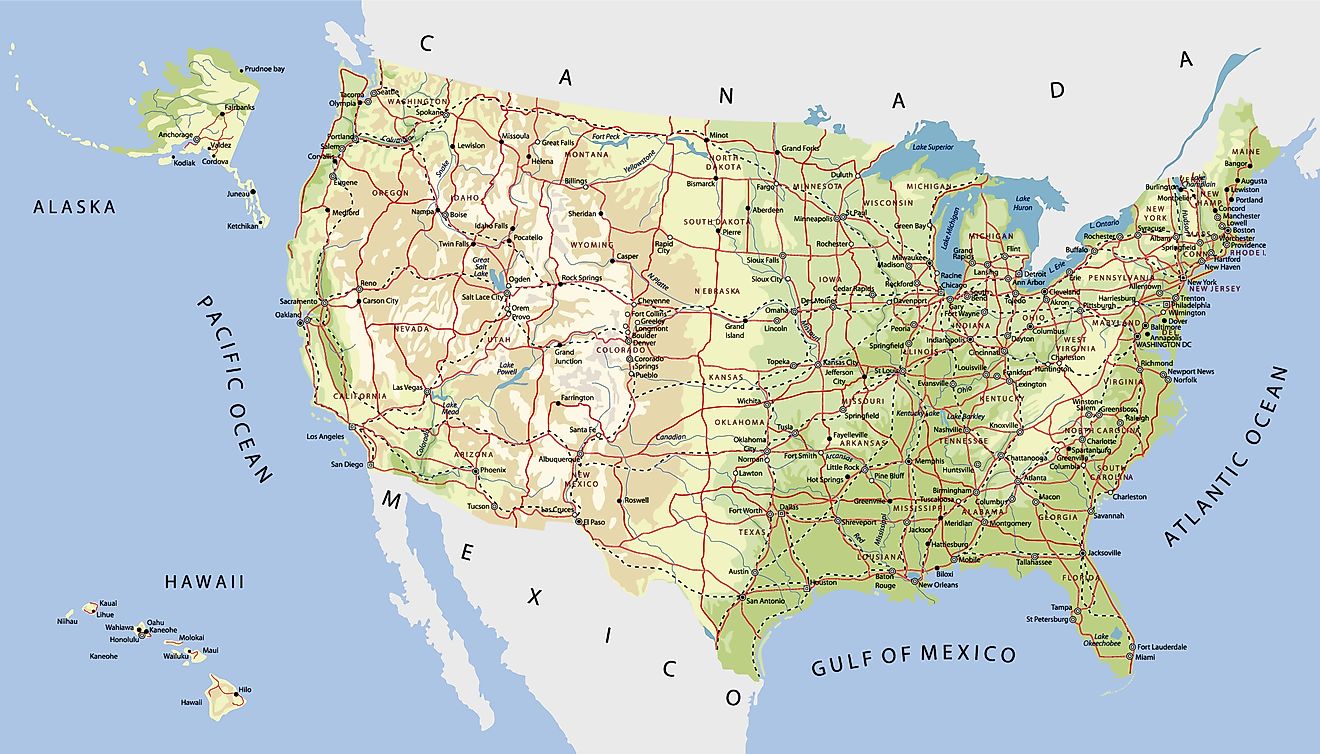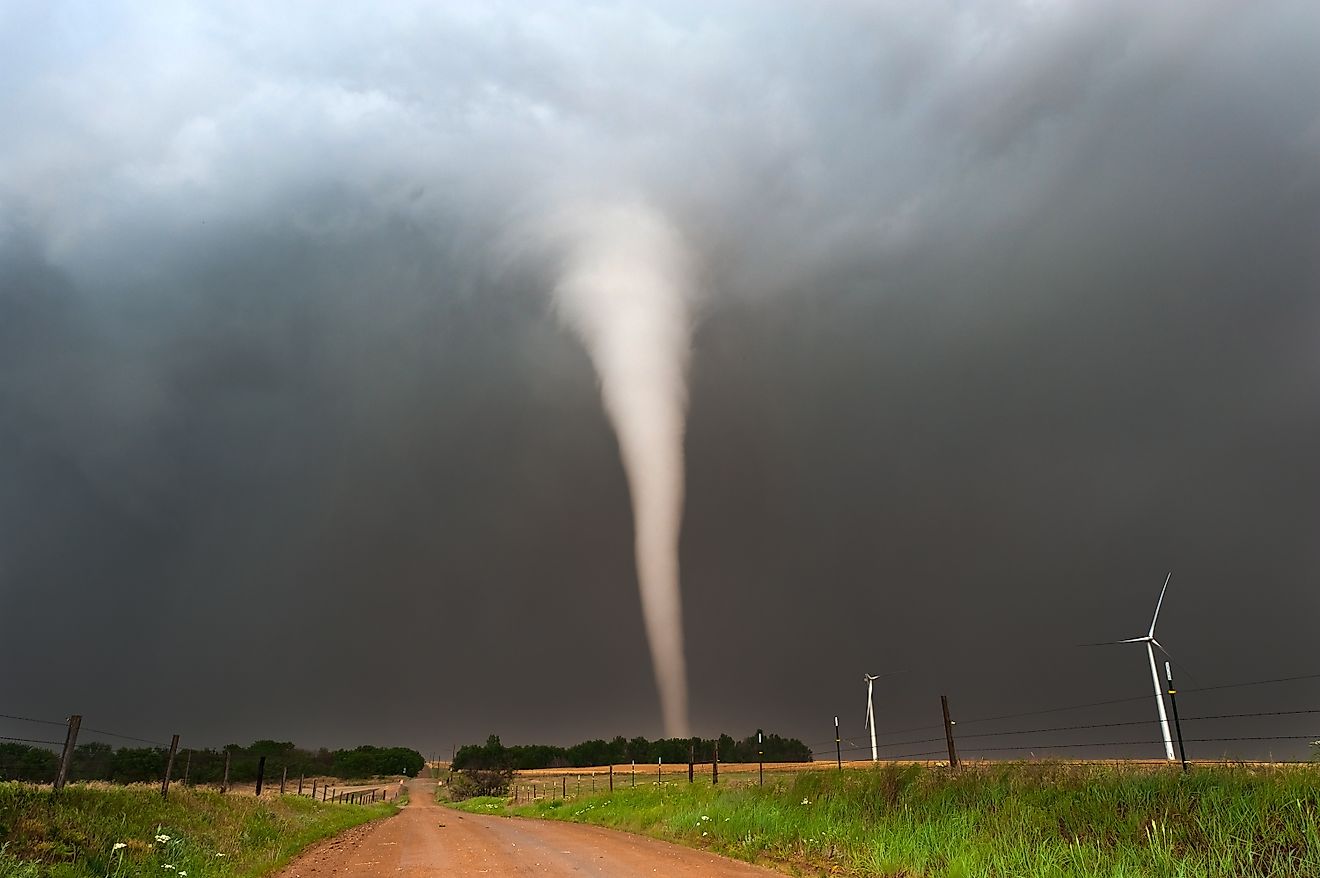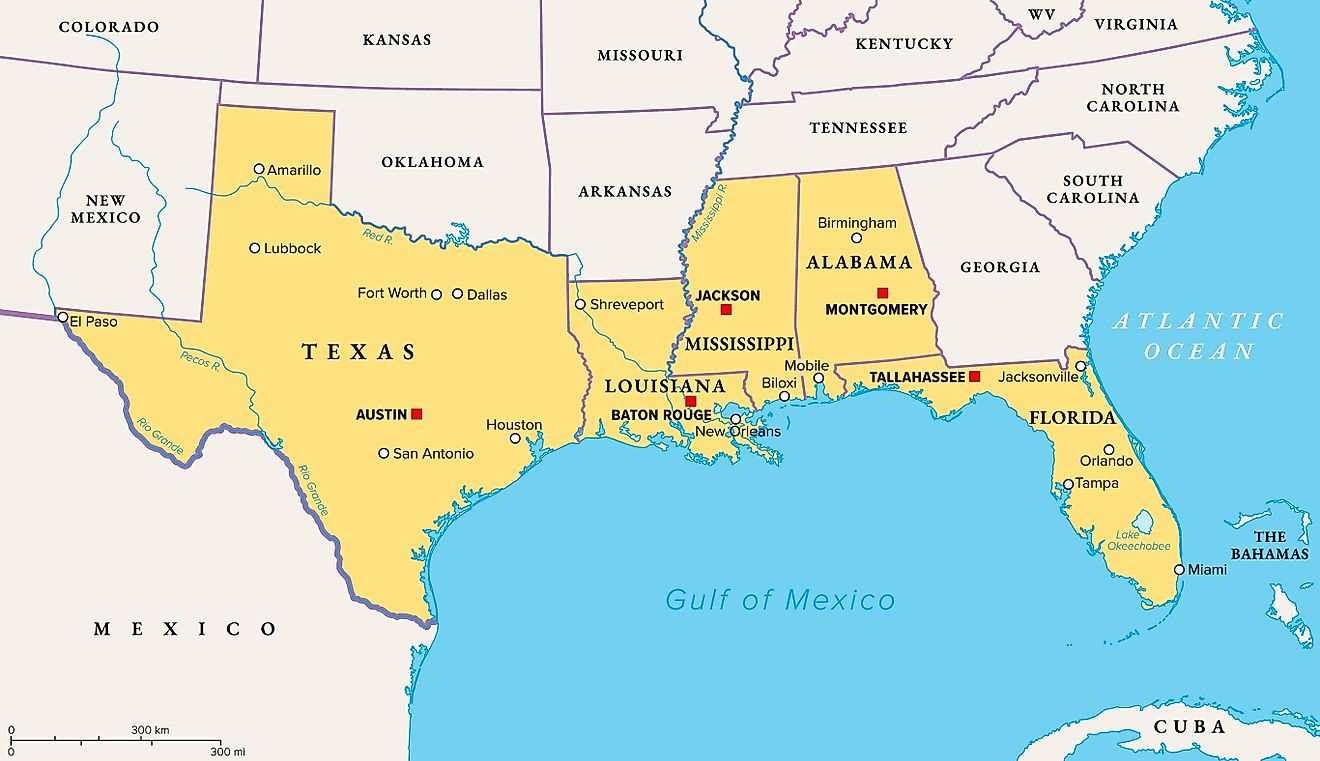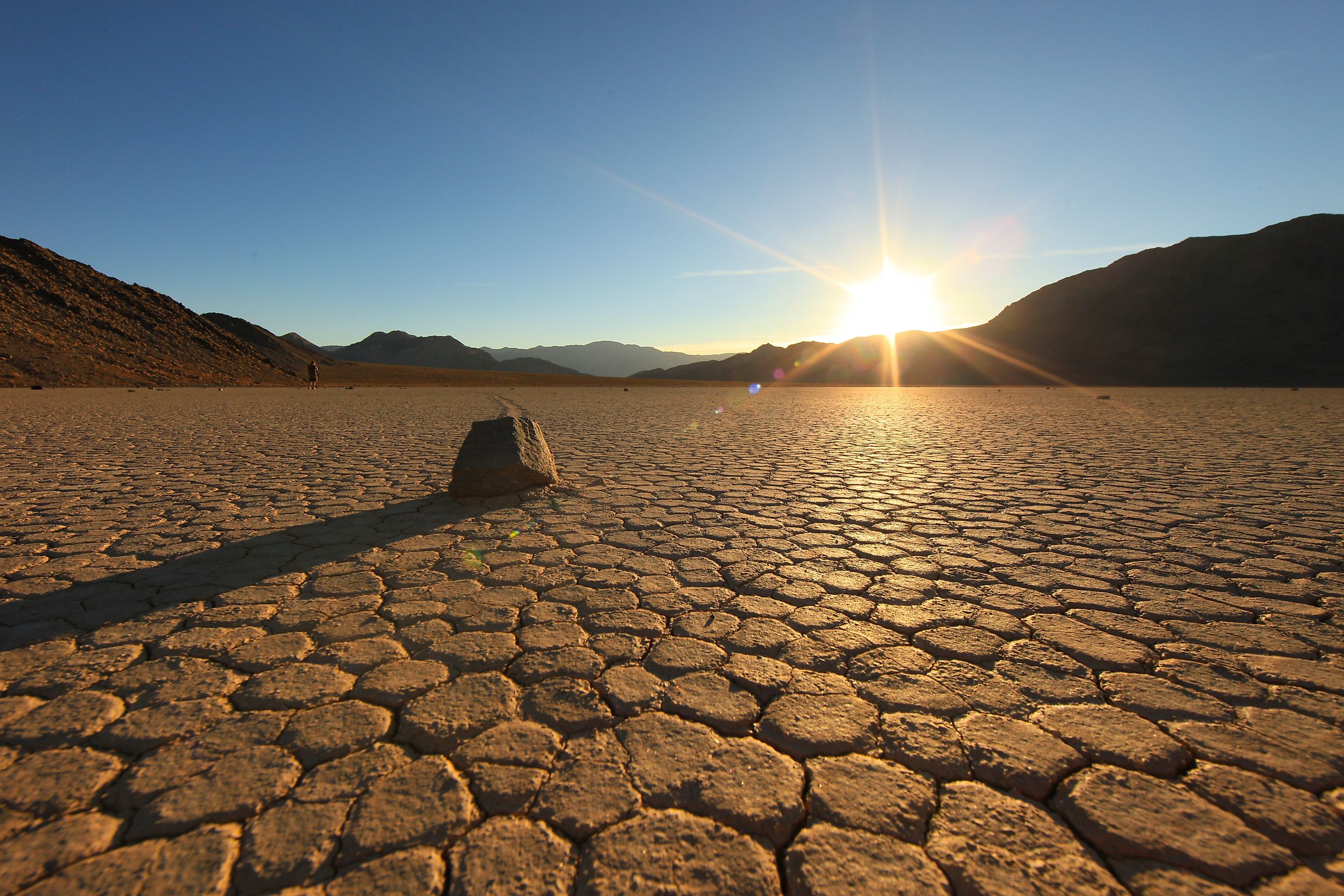
The Driest Places in the United States
The United States is home to some of the most extreme landscapes on Earth, from lush rainforests in the Pacific Northwest to deserts that receive barely a sprinkle of rain each year. Among these drylands are places so parched that entire ecosystems and human settlements have been shaped by the scarcity of water. These regions are not just deserts in the classic sense but pockets of land where climate, geography, and natural forces combine to create some of the harshest environments in North America.
If you’ve ever wondered where the driest places in the country are located, the answer stretches across valleys, deserts, and even entire towns that have learned to survive with just a few inches of rain per year.
Death Valley, California
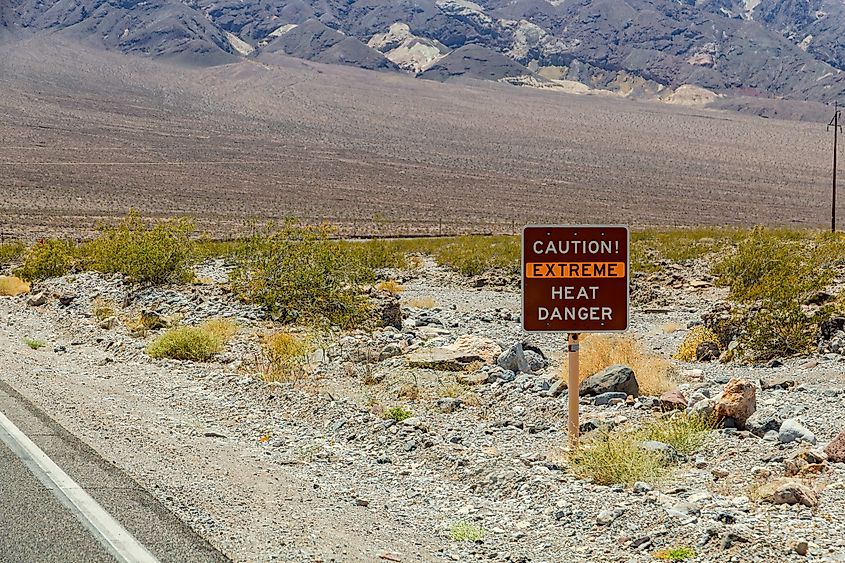
Average rainfall: 2.2 inches
Death Valley holds the title as the driest place in the United States, and for good reason. Located within the Mojave Desert of eastern California, this sun-scorched basin receives an average of just over two inches of rain each year. Some years, it goes without a single measurable drop. The geography here plays a major role. Surrounded by four mountain ranges, incoming moisture from the Pacific Ocean is blocked by a phenomenon called the rain shadow effect.
Despite its forbidding environment, Death Valley is a place of stunning contrasts. Towering sand dunes, colorful badlands, and salt flats stretch for miles, creating a surreal landscape. At Badwater Basin, the lowest point in North America at 282 feet below sea level, the cracked white earth looks more like the surface of another planet than a national park. Yet, life survives here. From desert bighorn sheep to wildflowers that bloom after rare rainstorms, Death Valley is a reminder that even the harshest places can harbor resilience.
Yuma, Arizona
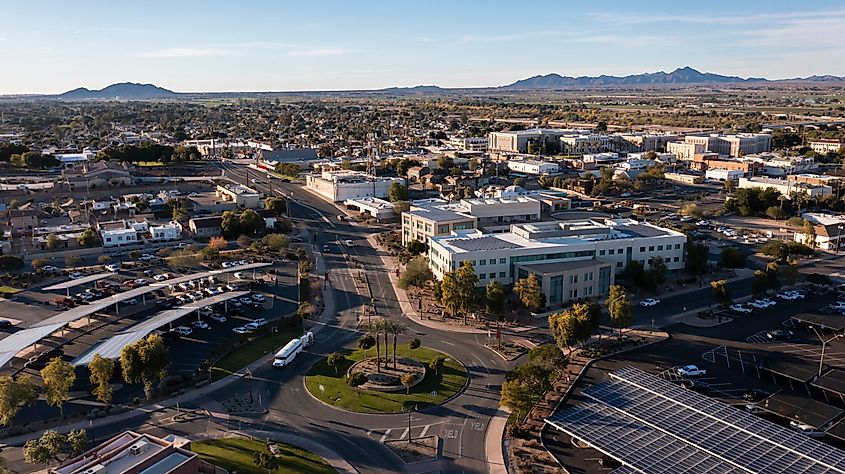
Average rainfall: 3.0 inches
Yuma, a city on the Arizona-California border near the Colorado River, ranks as the driest inhabited city in the United States. On average, it receives only about 3 inches of rain per year. But Yuma is also famous for its sunshine. It holds the Guinness World Record for being the sunniest city on Earth, with more than 4,000 hours of sunlight annually.
What makes Yuma remarkable is how agriculture has flourished despite its desert climate. Thanks to irrigation from the Colorado River, this region supplies much of the nation’s winter lettuce and leafy greens. Without the river, farming here would be impossible, but with it, Yuma has become an oasis of productivity in one of the driest environments in North America. You will also find traces of history in the old Yuma Territorial Prison and sweeping desert landscapes dotted with saguaros.
Las Vegas, Nevada
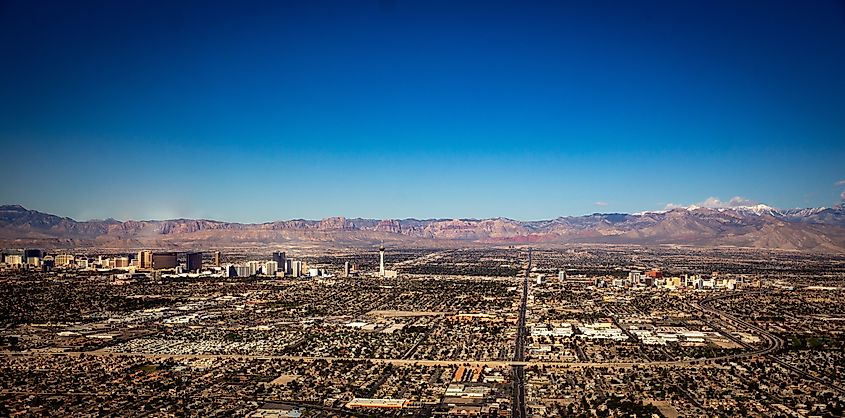
Average rainfall: 4.2 inches
Las Vegas is best known for neon lights, casinos, and round-the-clock entertainment, but what is most overlooked is just how dry this desert metropolis really is. Located in the Mojave Desert, Las Vegas receives about 4.2 inches of rainfall each year. The valley surrounding the city is ringed by mountains that block moisture, keeping conditions arid.
Despite its water scarcity, Las Vegas has grown into one of the fastest-growing metro areas in the country. Its existence depends heavily on the Colorado River and Lake Mead, a reservoir formed by the Hoover Dam. The city has also become a leader in water conservation, from recycling wastewater to encouraging xeriscaping (desert-friendly landscaping). Away from the Strip, Red Rock Canyon showcases the natural desert beauty that has shaped this region long before the neon arrived.
Winslow, Arizona
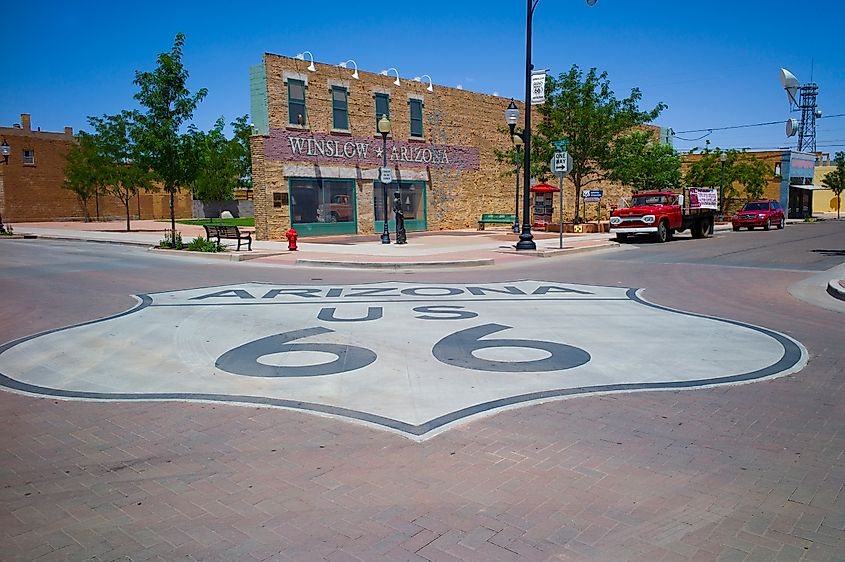
Average rainfall: 6.96 inches
Immortalized in the Eagles song “Take It Easy,” Winslow is a small city in northern Arizona that lives up to its desert roots. On average, it receives only about 7 inches of rain annually. Winslow sits on the high desert plateau, where dry winds sweep across open landscapes and rain rarely falls.
The town’s history is tied to Route 66 and the Santa Fe Railway, both of which brought travelers through this arid stretch of Arizona. Nearby, the Painted Desert and Petrified Forest National Park showcase the region’s striking, colorful geology. Winslow’s dryness is part of its charm, creating a landscape where wide horizons and desert sunsets take center stage.
Alamosa, Colorado
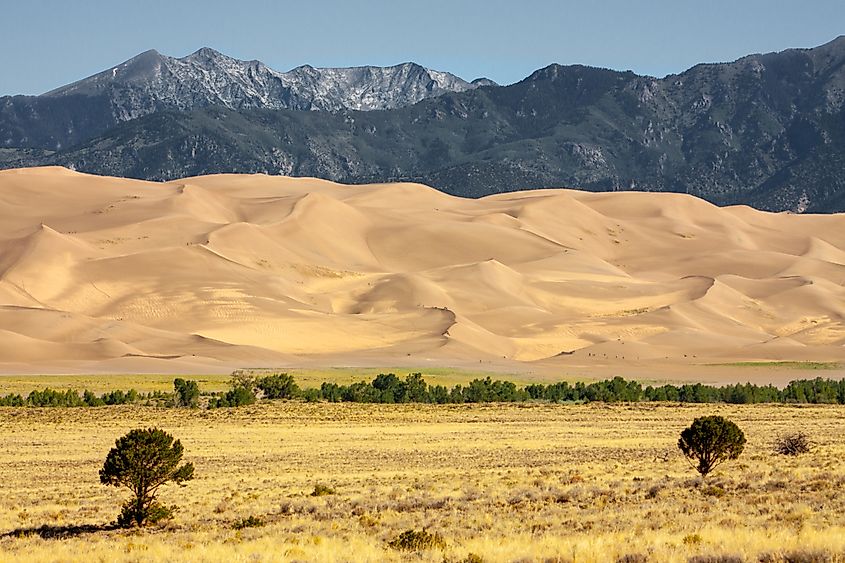
Average rainfall: 7.2 inches
In the heart of Colorado’s San Luis Valley, Alamosa appears more alpine than arid. Snowcapped peaks of the Sangre de Cristo Mountains rise around the town, giving the impression of a place rich in rainfall. In reality, Alamosa averages only about 7 inches of precipitation each year. Its high elevation, more than 7,500 feet above sea level, creates an environment where cold, dry air dominates, leaving little room for moisture.
Alamosa is known for its wide-open skies, cool nights, and proximity to Great Sand Dunes National Park, home to the tallest dunes in North America. This unusual combination of desert dryness and alpine scenery makes the area one of the most fascinating dry regions in the country. Despite its lack of rainfall, Alamosa has a strong agricultural base, relying heavily on irrigation from underground aquifers and the Rio Grande.
Reno, Nevada
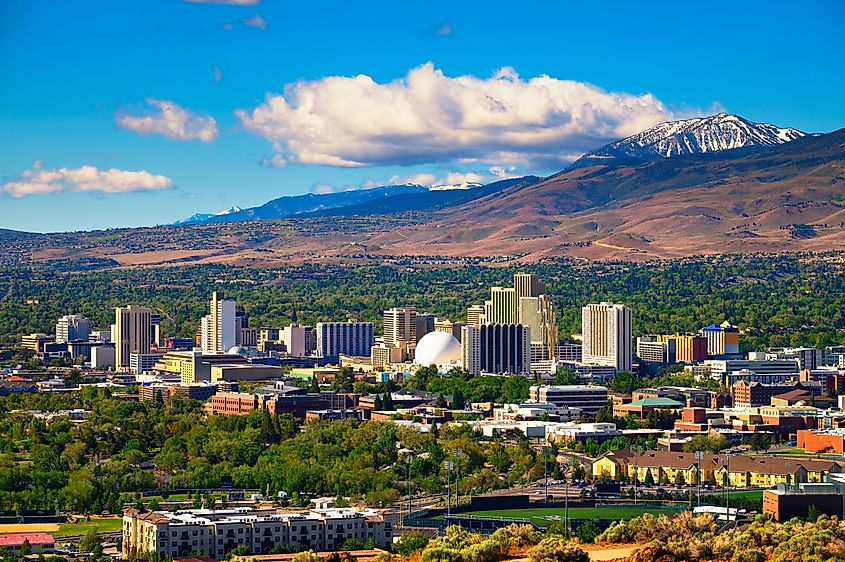
Average rainfall: 7.4 inches
Nicknamed “The Biggest Little City in the World,” Reno is often overshadowed by Las Vegas, but it too sits in an arid landscape. Located on the eastern side of the Sierra Nevada mountains, Reno averages just 7.4 inches of rainfall annually. Its dry climate is caused by the same rain shadow effect that makes Death Valley so parched.
Reno has reinvented itself from a gambling hub into a city that also embraces outdoor adventure. Nearby Lake Tahoe and the Truckee River provide water and recreation, while the surrounding desert plains highlight the stark beauty of Nevada. The region’s dryness also makes it a gateway to events like Burning Man, which takes place in the Black Rock Desert north of the city.
El Paso, Texas
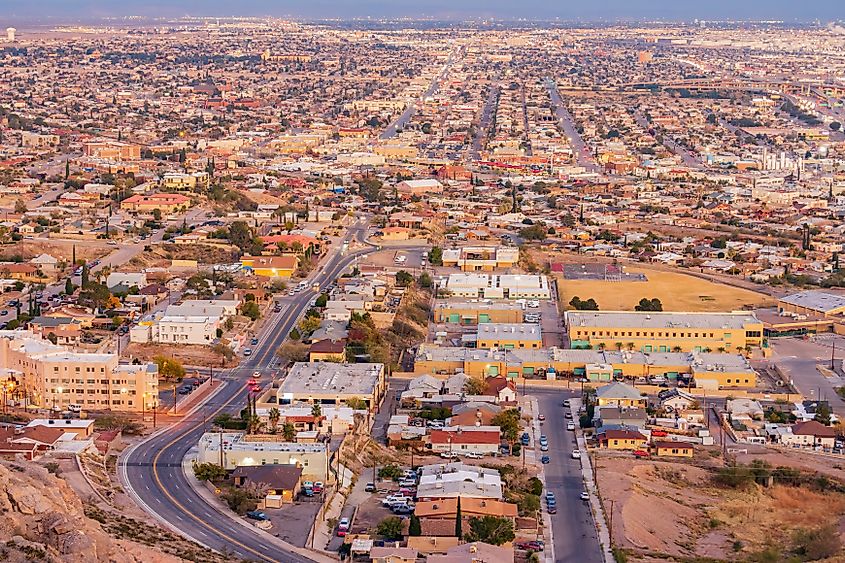
Average rainfall: 8.8 inches
On the far western edge of Texas, where the Rio Grande separates the United States from Mexico, El Paso sits in the heart of the Chihuahuan Desert. The city averages less than 9 inches of rain per year, most of it falling during the summer monsoon season. For much of the year, clear blue skies and dry air dominate.
El Paso’s location at the crossroads of cultures and deserts gives it a unique character. Spanish missions, vibrant markets, and Mexican cuisine thrive in this sunbaked landscape. The Franklin Mountains rise dramatically above the city, adding rugged beauty to the skyline. Despite its dryness, the Rio Grande provides a lifeline, supporting agriculture and sustaining life in this desert borderland.
Dry, But Far From Empty
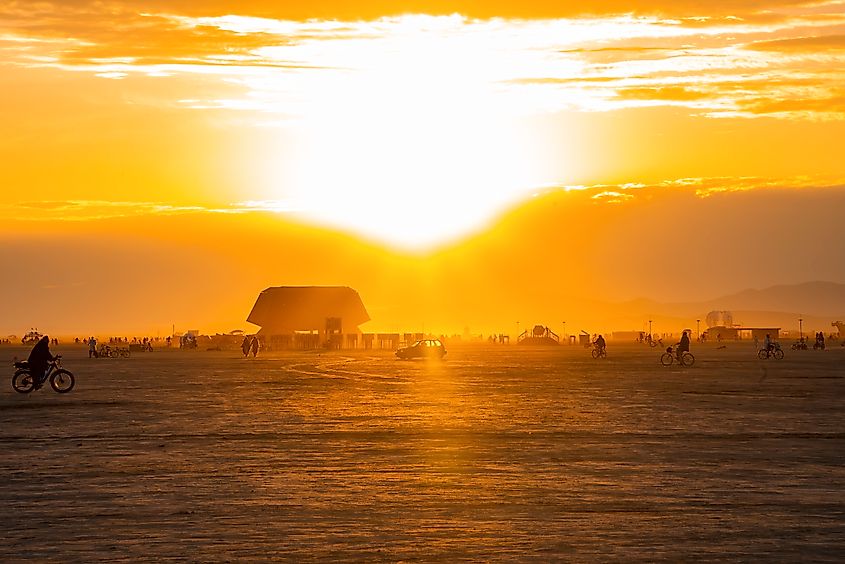
The driest places in the United States might measure their rainfall in mere inches, but their landscapes are anything but barren. From the salt flats of Death Valley to the high desert of Alamosa, these regions reveal how climate shapes culture, survival, and even imagination. They challenge the idea that life needs lush greenery to thrive, showing instead that beauty can be stark, dramatic, and full of extremes. Whether you visit to hike, study geology, or simply take in the silence, America’s driest corners offer an experience as memorable as any rainforest or coastline.
Average Annual Rainfall in America’s Driest Places
| Place | State | Avg. Rainfall (inches) | Notable Features |
|---|---|---|---|
| Death Valley | California | 2.2 | Driest place in the US, home to Badwater Basin, salt flats, and record heat |
| Yuma | Arizona | 3.0 | Sunniest city on Earth, irrigated farming hub along the Colorado River |
| Las Vegas | Nevada | 4.2 | Mojave Desert metropolis, reliant on Lake Mead and water conservation |
| Winslow | Arizona | 6.9 | Route 66 town near Painted Desert and Petrified Forest National Park |
| Alamosa | Colorado | 7.2 | High-elevation desert valley near Great Sand Dunes National Park |
| Reno | Nevada | 7.4 | Eastern Sierra city, gateway to Black Rock Desert and Lake Tahoe |
| El Paso | Texas | 8.8 | Chihuahuan Desert city with cultural blend and Franklin Mountains backdrop |
